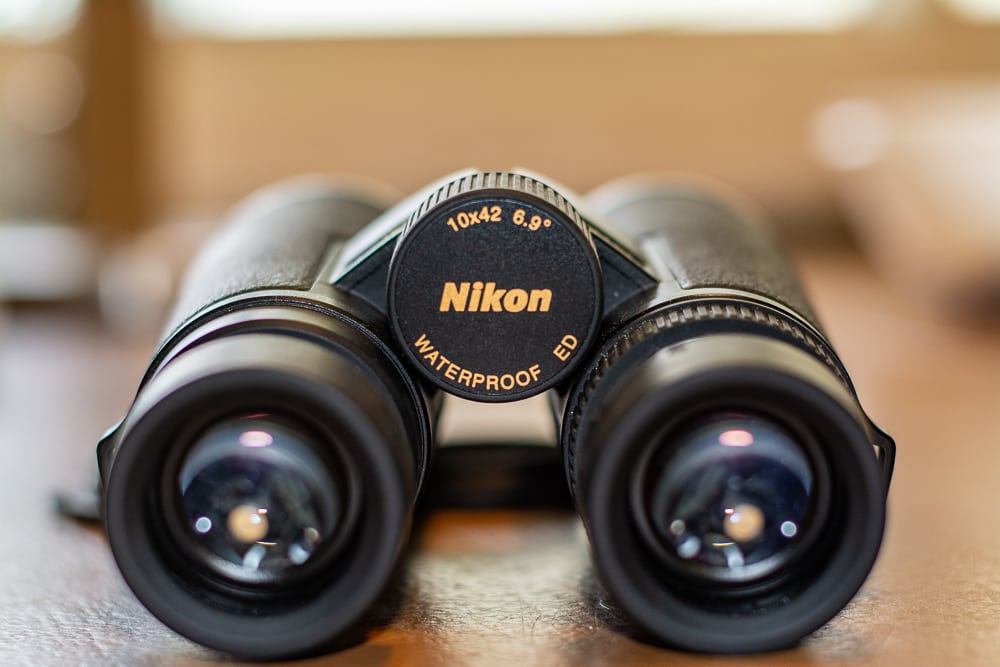A lot of what you're looking for in finding insight and answers does depend on what you expect to do with your optics. The greater the functional demands, the more the ROI on expensive, high-quality optics.
Out west, mostly in vast sage country and some juniper, I might spend 10 hours or more a day looking through optics for mule deer. Piecing apart entire hillsides, shadow by shadow, looking for antler tines, hooves, ears, or the slightest flicker of movement. I can tell you, with low-quality optics that might just very well be unhealthy for the eyes, physically. The better the quality, the longer you can go before eyestrain and even headaches start setting in.
But if I was in big timber, or in a tree stand? Different ballgame, with what may be lower or different demands on the optics. Lightweight may be more important depending on the hunt terrain, or extreme low-light capability, or especially with bowhunting, something that will work well one-handed and unsupported at closer distances on a stalk.
It starts with being as honest with yourself as possible - through experience to the greatest degree possible - in what you actually need that glass to do for you.



